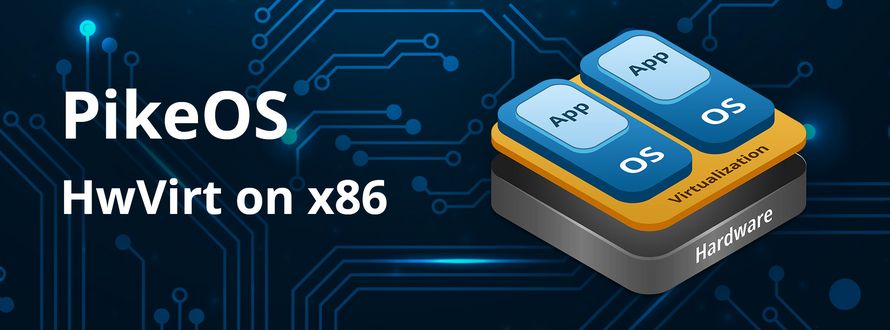PikeOS 5.1.3 now supports Hardware Virtualization (HwVirt) on the x86 architecture! This recurring feature request has been finally brought to SYSGO's safe and secure hypervisor, initially supporting Linux and PikeOS guests in SMP mode.
With HwVirt, significant performance improvements can be achieved in PikeOS systems running virtualized Linux guests on Intel CPUs. This is especially important in today's graphics- or audio-intensive application environments.
HwVirt, according to Wikipedia, is the virtualization of computers as complete hardware platforms, certain logical abstractions of their components, or only the functionality required to run various operating systems. Virtualization hides the physical characteristics of a computing platform from the users, presenting instead an abstract computing platform.

